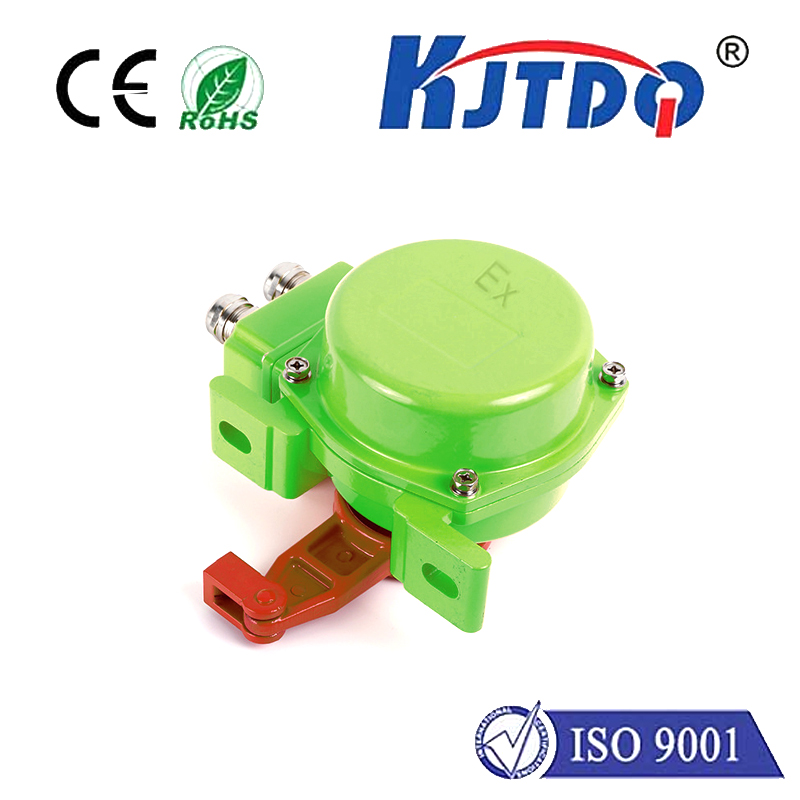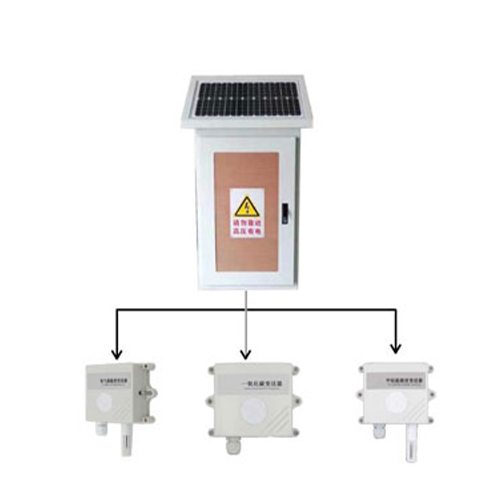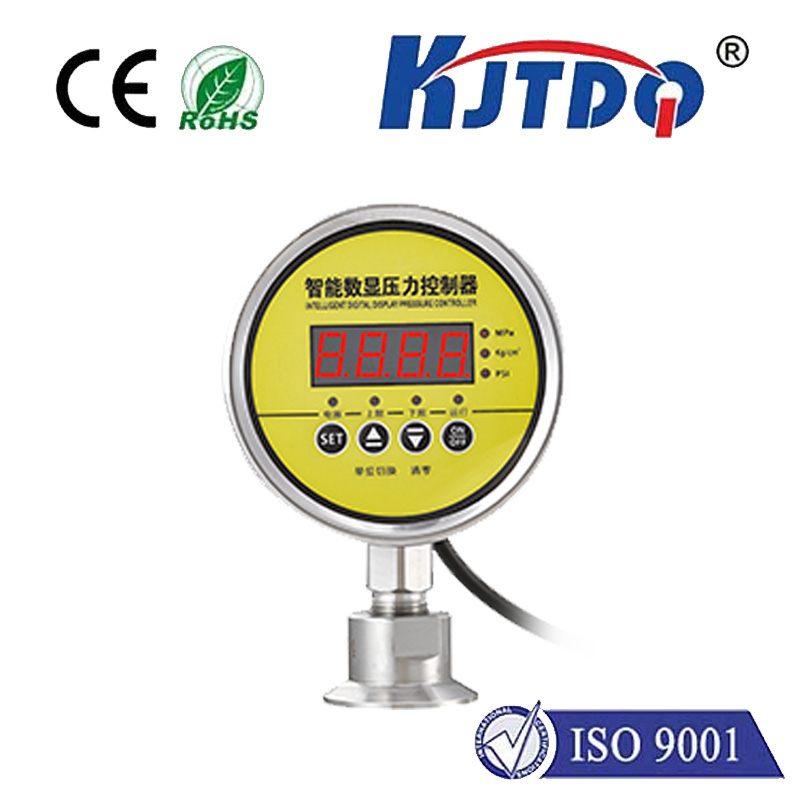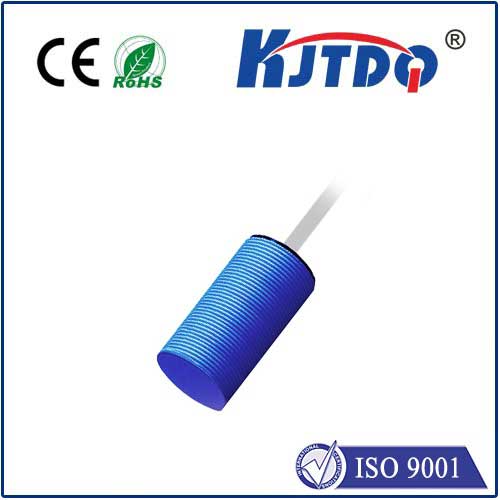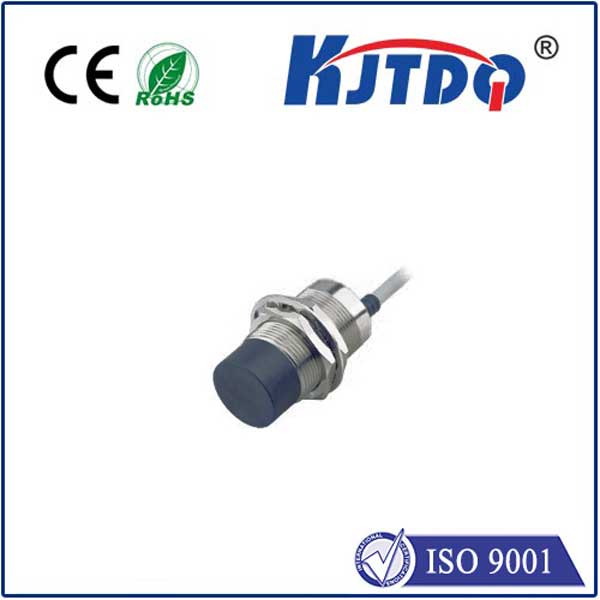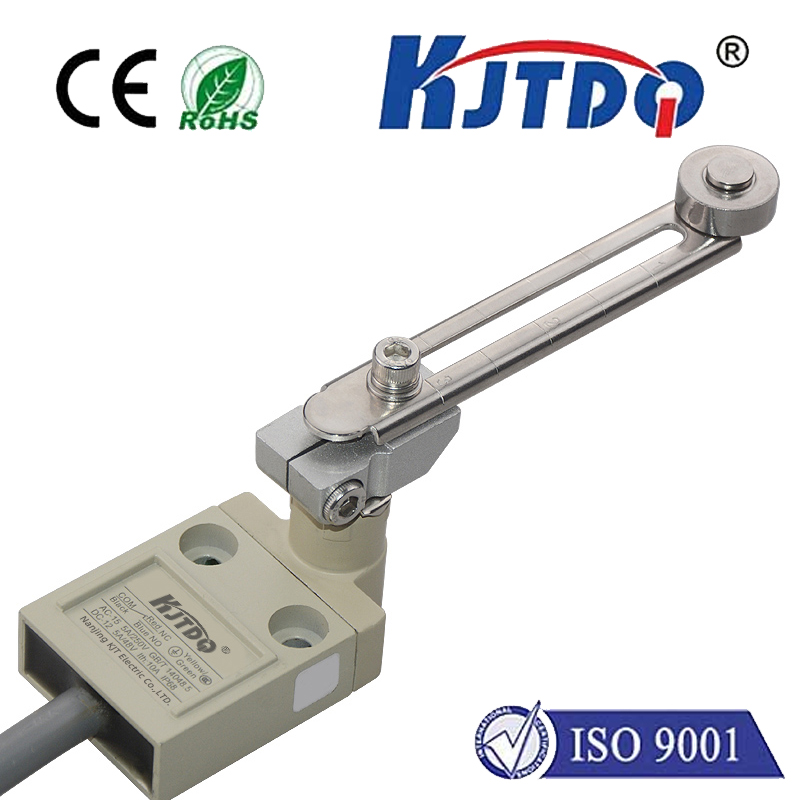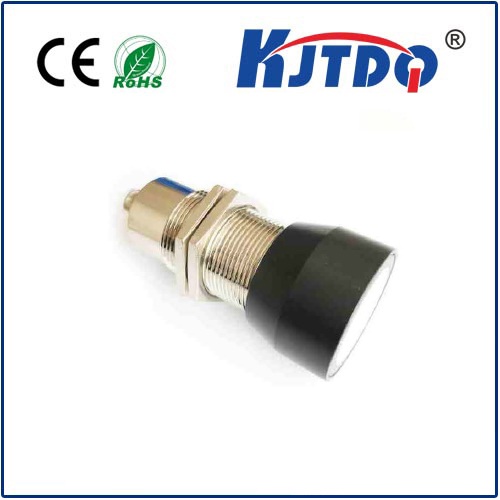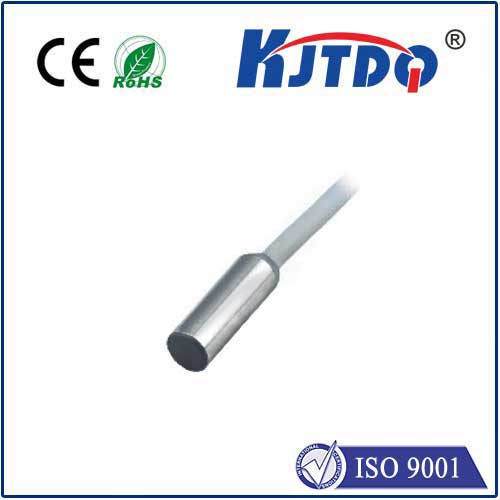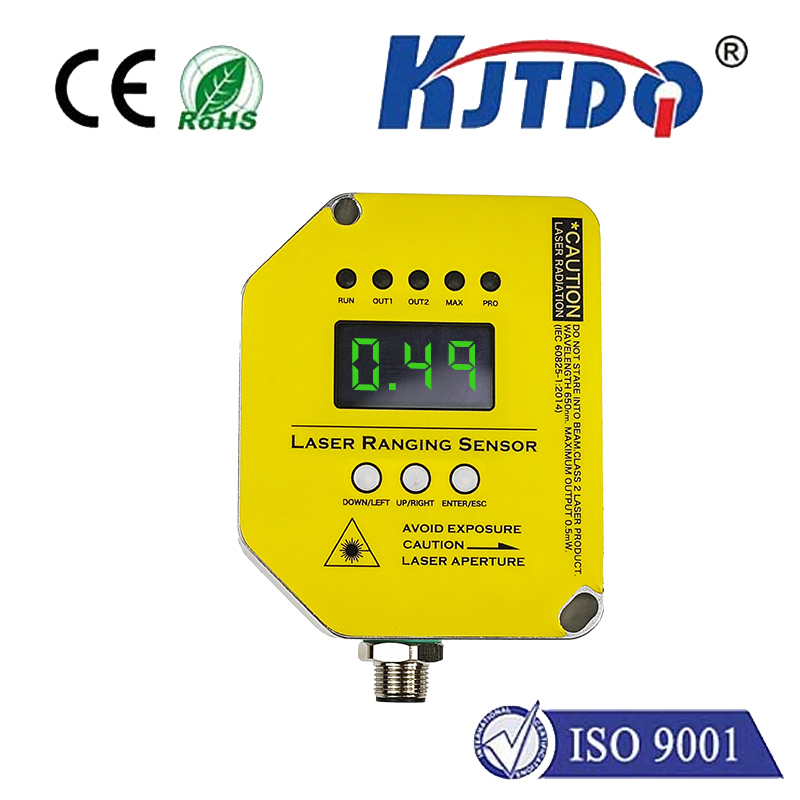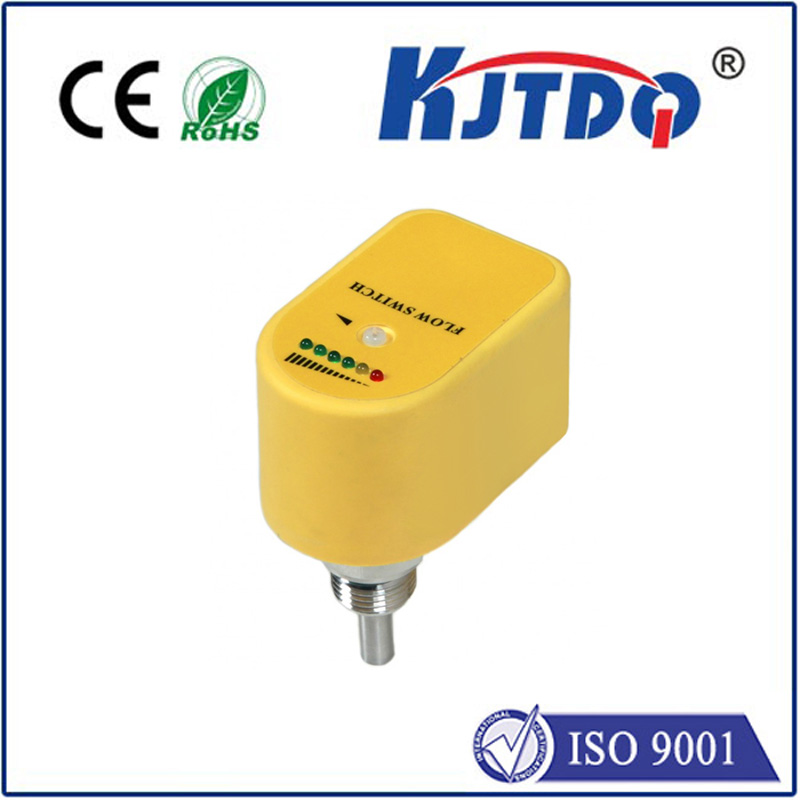BES01JZ high pressure proximity sensor
- time:2025-10-16 12:11:31
- Click:0
Decoding the Powerhouse: How the BES01JZ High Pressure Proximity Sensor Elevates Industrial Reliability
Imagine a hydraulic press exerting hundreds of tons of force. Now, picture a critical component failing silently within that intense environment. The cost? Catastrophic downtime, damaged equipment, or worse. This is where precision sensing under extreme duress isn’t just beneficial—it’s imperative. Enter the BES01JZ High Pressure Proximity Sensor, a specialized guardian engineered to thrive where standard sensors falter. This isn’t merely another sensor; it’s a solution forged for resilience at the edge of pressure.
Understanding the Core Challenge: Sensing Under Siege
Standard inductive proximity sensors excel in countless automation tasks, detecting metallic objects without physical contact using electromagnetic fields (a principle known as inductive sensing). However, their Achilles’ heel often lies in environments saturated with immense hydraulic or pneumatic pressures. These extreme forces can:
- Compromise sensor housings, leading to leaks, ingress of contaminants, and premature failure.
- Deform sensitive internal components, altering sensing distances or causing erratic signals.
- Generate intense vibrations, shaking loose connections or damaging electronics.
- Create challenging sealing requirements that standard designs simply can’t meet reliably.
When mission-critical processes rely on accurate position feedback within hydraulic cylinders, heavy presses, valve actuation, or offshore equipment, sensor failure under pressure isn’t an option. This is the niche the BES01JZ is meticulously designed to fill.
The BES01JZ Solution: Engineering Resilience from the Ground Up

So, what transforms the BES01JZ into a high-pressure champion? Its design incorporates specific ruggedization features unseen in generic proximity sensors:
- Robust, Pressure-Rated Housing: Constructed from exceptionally strong materials like high-grade stainless steel, the sensor body is engineered to withstand continuous exposure to the internal pressures of hydraulic or pneumatic systems. Think thousands of PSI or hundreds of Bar – pressures that would crush lesser sensors. This isn’t just about strength; it’s about maintaining integrity over millions of cycles.
- Advanced Sealing Systems: Multiple, redundant seals—often employing specialized elastomers or metal-to-metal sealing techniques—form an impenetrable barrier. This prevents pressurized fluid ingress, protects internal electronics, and ensures reliable performance even in the presence of aggressive media. Hermetic sealing is a key term here.
- Optimized Internal Design: Components are strategically designed and mounted to resist deformation and vibration. Potting compounds might be used to solidify internal assemblies, absorbing shocks and preventing micro-movements that could affect sensing accuracy or lead to wire fatigue.
- Flush Mounting Capability: Many high-pressure applications demand a smooth sensor face that sits flush with the machine surface to avoid being sheared off or creating turbulence. The BES01JZ typically offers this critical mounting style.
- Reliable Inductive Core: At its heart, it still utilizes a dependable inductive oscillator and detector circuit. This ensures compatibility with standard control systems (like PLCs) while providing the non-contact, wear-free operation synonymous with proximity sensors. Its switching distance and repeatability are maintained despite the harsh external conditions.
Where the BES01JZ Proves Indispensable: Key Applications
The BES01JZ High Pressure Proximity Sensor isn’t a theoretical solution; it’s deployed where reliability under pressure is non-negotiable:
- Hydraulic Cylinders: Providing precise end-of-stroke detection or intermediate position feedback directly within the pressurized cylinder bore. This is critical for controlling press force, clamping sequences, and injection molding accuracy. Failure here halts production instantly.
- High-Pressure Pumps & Valves: Monitoring valve spool position or confirming pump lever actuation within systems handling immense fluid forces. Accurate feedback ensures correct system sequencing and prevents dangerous malfunctions.
- Presses & Forming Machinery: Detecting dies, platens, or tooling positions under extreme clamping loads. The sensor enables automated cycle control and safety interlocks in environments with crushing forces.
- Offshore & Subsea Equipment: Operating reliably deep underwater, where external pressure combines with potential internal system pressures. Corrosion resistance (often IP68/IP69K or higher) is frequently a companion feature alongside high-pressure ratings. ATEX or IECEx certifications might also be relevant for explosive atmospheres.
- Test Benches & Simulation Rigs: Providing feedback in high-pressure testing environments used for validating pipelines, engines, or aerospace components.
Beyond Pressure: Additional Advantages for Demanding Environments
The design principles that enable the BES01JZ to handle pressure naturally lend themselves to thriving in other challenging conditions:
- Enhanced Vibration Resistance: Its rugged construction inherently dampens vibrations from machinery, ensuring stable signals.
- Temperature Resilience: High-pressure housings often provide better thermal stability, allowing operation across wider temperature ranges.
- Resistance to Shock Loads: Able to withstand mechanical impacts common in heavy industry.
- Improved Contaminant Protection: Superior sealing keeps out oils, coolants, cutting fluids, and particulates, extending operational life significantly.
- Electrical Noise Immunity: Designed for stable operation in electrically noisy industrial environments near motors and drives.
Selecting and Implementing with Confidence
Integrating a high pressure proximity sensor like the BES01JZ requires attention to detail. Crucially verify the specified pressure rating (both static and dynamic surge pressure) to ensure it matches or exceeds your application’s requirements. Consider factors like the fluid type (compatibility with seals), temperature range, required sensing distance, electrical output type (PNP/NPN, NO/NC), and connector style. Proper installation, including correct torque on mounting threads and shielded cabling, is paramount to achieving the designed-in reliability. Consulting the manufacturer’s datasheet is non-negotiable for successful deployment.
The Bottom Line: Reliability Engineered In
In the relentless world of industrial automation, especially within high-pressure domains, component failure carries a steep price tag. The BES01JZ High Pressure Proximity Sensor represents a focused engineering response to this critical challenge. It transforms a potential point of vulnerability into a beacon of dependability. By combining the fundamental reliability of inductive sensing with specialized ruggedization for extreme pressure environments, it delivers consistent, accurate position feedback where it matters most. This ensures smoother operations, minimizes unplanned downtime, protects valuable equipment, and ultimately contributes to a safer, more productive industrial landscape. Choosing the right sensor for the job, especially under pressure, isn’t just a technical decision; it’s a strategic investment in operational resilience. The BES01JZ embodies this principle, proving that sensing elements can be engineered to endure and excel at the very heart of industrial power.






